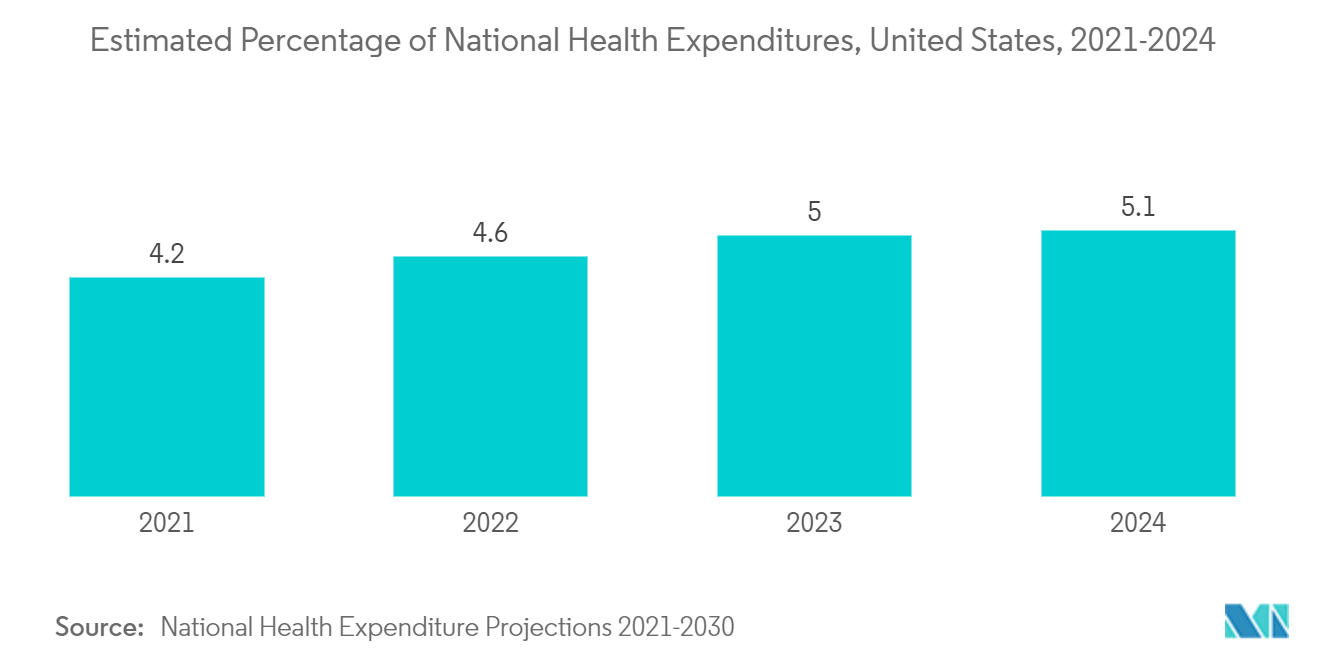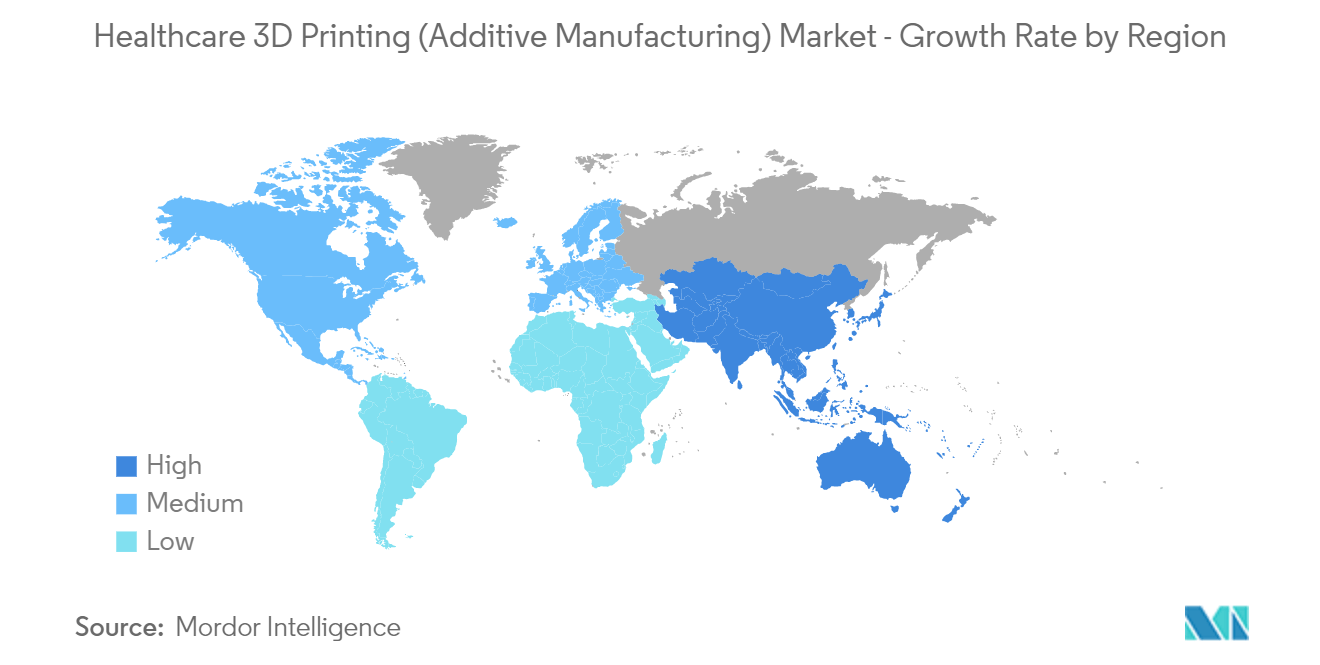Market Trends of Healthcare 3D Printing (Additive Manufacturing) Industry
This section covers the major market trends shaping the Healthcare 3D Printing market according to our research experts:
Polymers Segment are Expected to Register a Significant Growth in Healthcare 3D Printing (Additive Manufacturing) Market Over the Forecast Period
Polymers and their composites are one of the most widely used additive manufacturing materials due to their vast potential for various applications in healthcare. Polymer-based additive manufacturing has been used for decades in creating prosthetic limb parts as well as medical instruments. These polymers are also used to make plasters specifically for each patient that not only hold the structure to ensure healing but are also comfortable as they can be customized for each patient. This is done using a machine that combines additive manufacturing with 3D scanning procedures and is capable of scanning a patient's limb and printing custom plasters in an incredibly short time.
Moreover, polymers are also used in crafting hearing aids, preparing models that can aid in diagnosis and preoperative planning, and preparing models of organs or specific body parts that can be developed for practice purposes to demonstrate various sensitive surgical procedures such as osteotomies. For instance, in June 2022, a team of researchers from the University of Oklahoma developed a 3D-printed human ear model for standardizing blast exposure testing of hearing protection devices (HPDs). According to the researchers, utilizing 3D printing technology is anticipated to substantially improve the evaluation of HPDs through increased personalization, improved cost-effectiveness, and time efficiency. Hence, such research initiatives associated with the application of 3D printing are likely to boost market growth over the forecast period.
The presence of competitors, mergers, acquisitions, and collaboration in the field of healthcare additive manufacturing drive market growth as these activities are likely to help increase competition as well as the availability of the products. For instance, in February 2022, South Carolina-based 3D Systems agreed to acquire Kumovis, a healthcare-focused additive manufacturing technology startup based in Munich. With the acquisition, 3D Systems reported that it was anticipated to add a unique extrusion technology to its polymer 3D printing portfolio and further expand offerings in the personalized healthcare market.
Hence, considering the above-mentioned factors, the polymer segment is anticipated to witness growth over the forecast period.

North America is Expected to Witness a Growth in the Healthcare 3D Printing Market Over the Forecast Period
North America is likely to experience growth in the healthcare 3D printing (additive manufacturing) market owing to the increased adoption of customized additive manufacturing and 3D printing demand driven by increased medical applications. Increased 3D printing initiatives with the government's support are also boosting the market growth in North America. For instance, in May 2022, President Biden joined five US manufacturers to celebrate the launch of the Additive Manufacturing Forward (AM Forward). AM Forward is a voluntary compact among manufacturers to help their smaller U.S.-based suppliers increase their use of additive manufacturing.
Moreover, the rising demand for customized implants during surgical procedures, coupled with growing R&D investments, is also boosting the 3D printing market's growth. For instance, in the United States, Ohio State University, in collaboration with Nexxt Spine, LLC, is conducting a clinical trial to evaluate and compare radiographic and clinical outcomes (Clinical trial updated 2021, NCT03647501) in patients who are to undergo combined interbody/posterolateral lumbar fusion procedures, supplemented with pedicle screw instrumentation, using the Nexxt Spine Nexxt MatrixxTM 3D-printed titanium cage or the HonourTM poly-ether-ether-ketone cage. Additionally, in November 2021, EOS, a supplier of responsible manufacturing solutions via industrial 3D printing technology, announced the addition of a new material, EOS Aluminum Al2139 AM. EOS' highest-strength aluminum alloy for 3D printing enables companies to significantly reduce part weight. Such increased research activities in the region relating to 3D printing are likely to boost market growth during the forecast period.
Furthermore, in October 2021, CHU de Québec-Université Laval and Investissement Québec - CRIQ received Health Canada's approval of the first 3D-printed medical implant developed by the 3D anatomical reconstruction laboratory (LARA 3D) at Investissement Québec - CRIQ's facilities in Quebec City, Canada. This was the first time a Canadian company had been granted permission to manufacture an implanted medical device in Canada. Patients with oral cancer undergo mandibular reconstruction using the patient-specific 3D Specifit mandibular plate.
Hence, considering the above-mentioned factors, North America is likely to witness growth over the forecast period.

